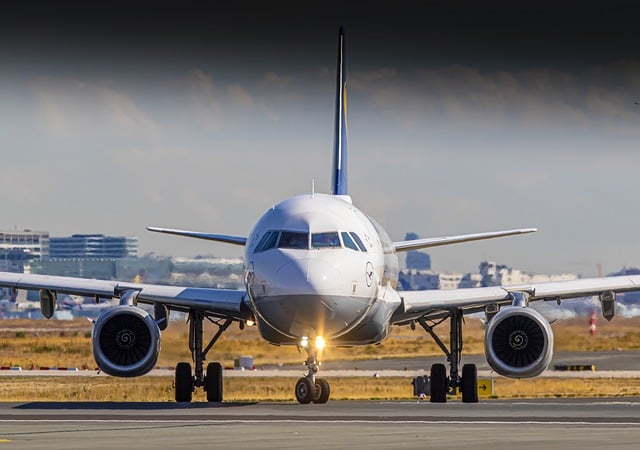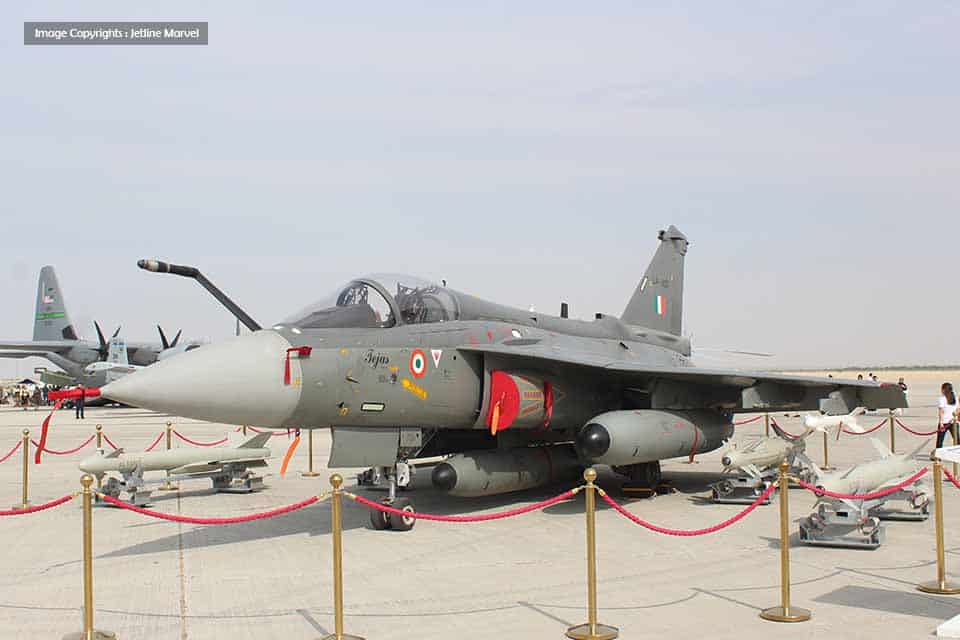Aviation
Top 10 countries with highest number of air travellers

In an increasingly interconnected world, air travel serves as a vital conduit for global mobility, facilitating trade, tourism, and cultural exchange on an unprecedented scale. With the advent of modern aviation, countries across the globe have witnessed remarkable growth in the number of airline passengers traversing their skies.
As we delve into the statistics provided by the World Bank for the year 2023, we uncover the top 10 nations that have emerged as the epicenters of air travel, boasting the highest number of airline passengers.
These figures not only reflect the economic vitality and connectivity of these nations but also shed light on the evolving dynamics of global travel patterns in the contemporary era. Let us embark on a journey to explore the destinations that command the skies and shape the landscape of modern aviation.
| Rank | Country | Number of Airline Passengers |
|---|---|---|
| 1 | United States | 666,153,000 |
| 2 | China | 440,301,216 |
| 3 | Russia | 96,851,770 |
| 4 | India | 83,964,797 |
| 5 | Ireland | 74,065,210 |
| 6 | Turkey | 69,065,870 |
| 7 | Brazil | 61,896,520 |
| 8 | Mexico | 54,217,880 |
| 9 | Japan | 45,410,150 |
| 10 | Spain | 43,440,480 |
In 2023, the United States retained its position as the global leader in air travel, with a staggering 666,153,000 airline passengers traversing its skies. Evidently, the nation’s extensive network of airports and airlines continues to serve as a cornerstone of international travel, facilitating both domestic and international journeys on an immense scale.
Following closely behind, China emerged as a formidable contender in the realm of air transportation, recording an impressive 440,301,216 passengers. Meanwhile, Russia secured its footing as a significant player in the aviation landscape. India, with 83,964,797 passengers, showcased its burgeoning aviation industry.
Finally, Japan and Spain rounded off the top 10 list highlighting its enduring appeal as a premier tourist destination in Europe. The nation’s rich cultural heritage, stunning landscapes, and world-class amenities draw millions of visitors each year, contributing to its robust air passenger traffic.

Aviation
Tejas and C-390 Millennium: India and Brazil’s Defense Trade Vision

India and Brazil are exploring a mutually beneficial deal to enhance their defense product exports. There are indications that this potential agreement could include the exchange of fighter jets, essentially functioning as a barter system. For example, India has a long-standing offset policy requiring foreign defense companies to reinvest a portion of their contract value back into India through technology transfer or other reciprocal benefits.
Many countries engage in such exchanges to support each other’s defense industries, thereby strengthening national policies and economies. A notable example is the barter deal between South Korea and Indonesia, where South Korea sold its T-50 jets to Indonesia in return for defense-related goods and trade advantages.
India-Brazil defence mutual benefits
If the India-Brazil deal comes to fruition, it could provide mutual benefits, as both nations are in need of advanced platforms. Brazil is well-known for its Embraer aircraft, which ranks as one of the top three manufacturers of private and commercial jets. However, Brazil lacks expertise in fighter jet production, and this deal could provide the exposure needed to enter the fighter jet market.
In 2014, Brazil made a significant purchase of 36 Gripen fighters, with deliveries expected by 2027. Brazil is also producing Gripen fighter jets at its Embraer plant, with SAAB and Embraer collaborating to enhance the performance of the Gripen aircraft further.
India Faces Shortage of Military Aircraft Materials
Currently, India faces a shortage of medium military transport aircraft and is seeking to acquire more. The C-130J and C-17 Globemaster, along with the Russian IL-76, are currently in service. However, the production of the C-17 has been halted, making it unavailable in the market, while the IL-76 is experiencing maintenance challenges due to a shortage of spare parts.
Air India Might Operate Tata-Made New Airbus C295 Aircraft
India is currently seeking a reliable partner for military transport aircraft, and the Embraer C-390 Millennium stands out as an ideal fit. If a deal between Brazil and India materializes, it could yield significant benefits for both nations.
Embraer C390 payload capacity
The Brazilian Air Force is the largest in the Southern Hemisphere and the second largest in the Americas. Embraer proudly presents the C-390 Millennium as the future of military transport aircraft, featuring a payload capacity of 26,000 kg. This makes it a compelling choice, especially since it outperforms the C-130J Super Hercules, which has a payload capacity of 19,000 kg. Given India’s interest in enhancing its military capabilities, it’s clear why experts believe that discussions around this aircraft could lead to a significant agreement.
This international airline is offering free flight tickets to Indian travelers
Brazil operates the Gripen E fighter jet, which is expected to expand its fleet in the near future. However, the Tejas fighter jet has certain advantages over the Gripen. For instance, the Tejas features a quadruple digital fly-by-wire system that offers greater redundancy and safety compared to the single FBW system in the Gripen. Additionally, its use of composite materials reduces its radar cross-section, and its wide duct air intake enhances performance. Notably, the Tejas can take off in as little as 460 meters, significantly shorter than the Gripen’s 800-meter requirement.
Tejas and Gripen E Engine
Both jets are equipped with advanced avionics and electronic warfare systems, but the Gripen does hold some advantages with its more powerful GE F414 engine. The Gripen has a better payload capacity and maximum takeoff weight, and the optimized F414 engine provides superior thrust, enhancing agility and aerial engagement capabilities. However, the F404 engine of the Tejas is cheaper to maintain and operate compared to the F414.
With a maximum capacity of 26 tonnes, the C-390 surpasses the C-130’s 19-tonne capacity. Additionally, the C-390 is equipped with both probe and drogue systems, allowing it to refuel fighter jets and even serve as a tanker—capabilities that the C-130J does not offer. If India and Brazil decide to collaborate on the C-390’s production, it could be a game-changer for both nations.
India could potentially modify the C-390 aircraft for combat roles, such as launching long-range subsonic cruise missiles. This adaptation is feasible, as evidenced by the U.S. using its MC-130 to launch AGM-158 missiles.
India’s collbration with TATA & Airbus C295
Currently, India, in collaboration with Airbus, is producing around 56 aircraft for defense purposes. This milestone strengthens India’s defense capabilities, as spare parts will be more accessible due to local production and support. The C295 aircraft plays a crucial role in boosting regional connectivity and transporting troops and essential military supplies.
Furthermore, the C-390 could function as a drone mothership for deploying India’s swift and stealthy drones, providing a cost-effective solution that maximizes operational capabilities. However, challenges related to self-survivability, precision strikes, and operations in contested environments need to be addressed. If these challenges can be resolved, this concept could significantly enhance India’s long-range strike capabilities.
Similarly, manufacturing the Tejas MK1 in collaboration with Brazil would bring substantial benefits, especially for Brazil. Their mutual membership in BRICS could foster deep cooperation, defense technology sharing, and industrial development. By partnering on the Tejas program, Brazil’s aerospace industry could enter the fighter aircraft segment, leading to advancements in knowledge transfer and the establishment of local supply chains.
Reducing reliance on India for fighter maintenance and support, the C-390 Millennium would significantly enhance India’s logistical and operational capacity. Meanwhile, the Tejas MK1A offers Brazil an affordable yet effective solution to bolster its air combat capabilities, further deepening the strategic ties between the two nations.
-

 Aviation2 months ago
Aviation2 months agoMicrosoft Flight Simulator Raises $3 Million to Bring Back the An-225 Mriya
-

 Airlines2 months ago
Airlines2 months agoQatar Citizens Can Travel to the United States Without a Visa
-

 Aviation2 months ago
Aviation2 months agoQatar Airways bans these new Electronic Devices on plane
-

 Defence2 months ago
Defence2 months agoWhich Country Has the Largest Fleet of Fighter Aircraft?
-

 Airlines5 days ago
Airlines5 days agoDAMAC Air: Dubai’s New Luxury Airline Offers Free Flights for Registration
-

 Airport2 months ago
Airport2 months agoWestern Sydney Airport Welcomes Its First Plane After 6 Years of construction
-

 Airlines4 days ago
Airlines4 days agoAir India to Launch aircraft maintenance training institute in Bengaluru
-

 Aviation2 months ago
Aviation2 months agoDid you know ? Once Boeing 747 carried 1088 passenger in 1991








